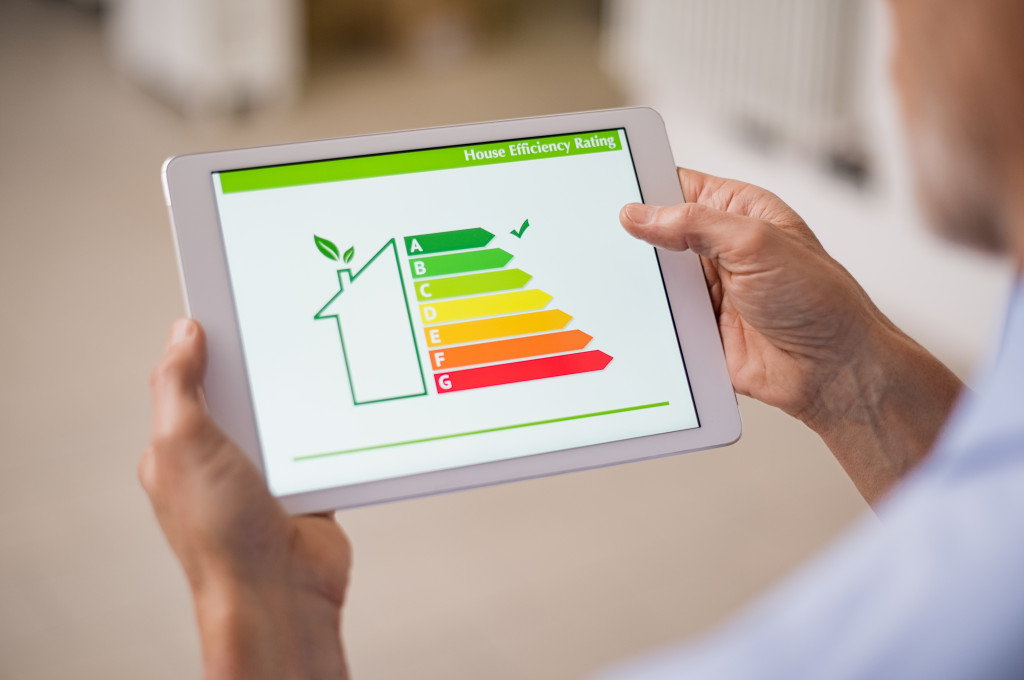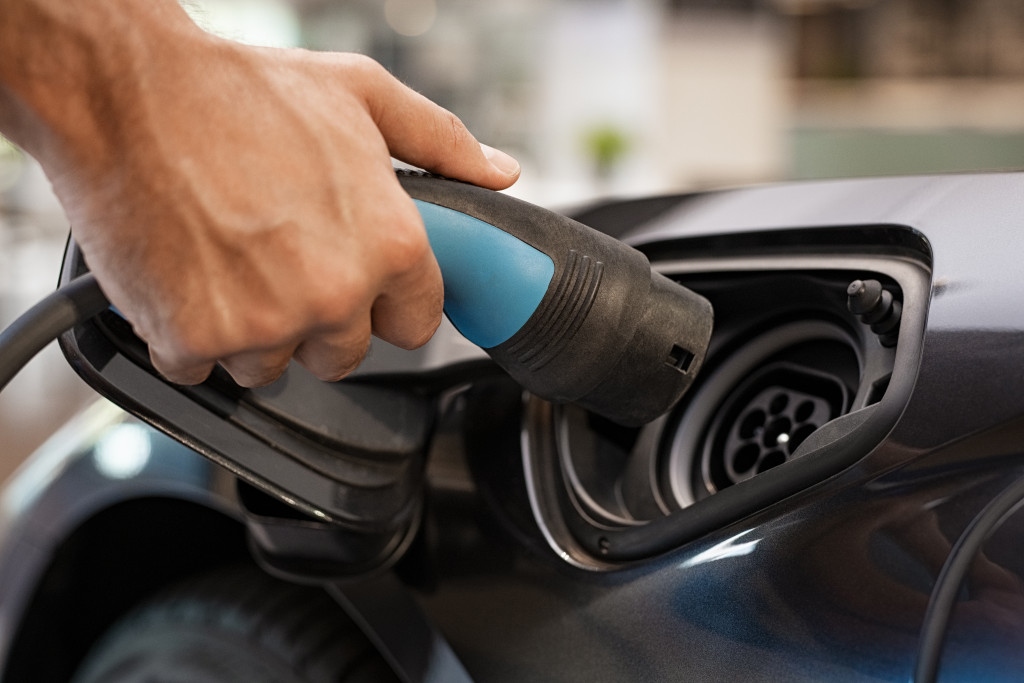- Eco-friendly homes leverage modern technology for sustainability, reducing carbon footprints and saving money.
- Solar power, smart home technology, and energy-efficient windows and doors are key components of an eco-friendly home.
- Installation of electric vehicle charging stations and water conservation efforts further enhance home sustainability.
- The incorporation of vertical gardens improves air quality, beautifies homes, and supports water conservation.
As society becomes more environmentally conscious, many homeowners are exploring ways to make their homes more sustainable and eco-friendly. Creating an eco-friendly home is no longer just a trend but a way of life that benefits not only the environment but your wallet too. With advanced technology, it’s easier than ever to turn your home into an efficient and sustainable living space. This blog will explore ways to incorporate modern technology for sustainability in your home and how this can benefit you, especially if you are approaching retirement or considering downsizing your living arrangements.
Energy Efficiency
Modern technology has made it possible to drastically reduce energy consumption in homes, leading the way in energy efficiency. By optimizing heating, cooling, and power systems, homeowners can significantly decrease their carbon footprint and save on energy bills. Energy-efficient homes leverage cutting-edge tools and technologies, such as the following:
Solar Power
Solar power presents a fantastic way of harvesting energy without contributing to environmental degradation. With the advent of photovoltaic technology, it is now possible to generate and store energy from solar power. Solar panels can be installed on your roof, creating an eco-friendly approach to providing energy to your home.
By powering more of your household energy needs with solar power, you’ll be saving money and reducing your carbon footprint. This is especially valuable for those approaching retirement, as it can significantly reduce their energy bills, allowing them to save money on their energy cost over the years.
Smart Home Technology
Another way to achieve eco-friendliness is by incorporating smart home technology in your home. Automated thermostats, motion sensors, and energy-efficient appliances give homeowners the ability to monitor and adjust their energy usage with ease. With a smart thermostat, you can effectively and efficiently maintain a comfortable temperature in your home.
You can also control your home’s temperature remotely through a smartphone application. With home automation technology, you can automate your lights and other household appliances, ensuring that they turn on or off when needed and not when they are not required.
Energy-Efficient Windows and Doors
Energy-efficient windows and doors play a substantial role in an eco-friendly home. These windows and doors are designed to keep your home cool in the summer and warm in the winter.
The insulation provided by these windows can help lower your energy bills and reduce your carbon footprint. It also helps in reducing sound intrusion and also acts as a safety measure for your home. This is great for homeowners who are approaching retirement or downsizing, as it ensures that their home is safe, comfortable, and cost-effective.

Electric Vehicle Charging Station
Electric vehicles are becoming increasingly popular, offering a clean and efficient alternative to traditional vehicles. Homeowners looking to reduce their carbon footprint should consider installing an electric vehicle charging point in their homes.
This will allow them to easily charge and power their electric vehicle, thus eliminating the need for gasoline-powered cars. The installation of a charging station also offers the convenience of charging your electric vehicle in the comfort of your own home.
This can reduce running costs and help save money over time. Just ensure that you’re hiring a licensed electrician to safely and professionally install the EV charging point for your home.

Water Conservation
Conserving water is an integral part of living an eco-friendly lifestyle. There are several efficient ways to reduce your water consumption, starting with the following:
Rainwater Harvesting Systems
Rainwater harvesting systems are an excellent addition to an eco-friendly home. These systems collect and store rainwater for various domestic uses such as garden watering and flushing toilets. This can significantly reduce your dependence on municipal water supply, leading to reduced water bills. Furthermore, these systems often require minimal maintenance and can be a cost-effective solution for long-term water conservation.
Low-flow Showerheads and Toilets
Low-flow showerheads and toilets are essential for an eco-friendly home aiming for water conservation. Low-flow fixtures are designed to use less water than their regular counterparts while providing the same utility. A low-flow showerhead can reduce water usage by up to 50 percent compared to a conventional one. Similarly, low-flow toilets use less water per flush, significantly reducing the total water usage in your home.
Vertical Gardens
Vertical gardens or green walls not only enhance air quality and beautify your home, but they also contribute to water conservation. These gardens can be installed both indoors and outdoors, seamlessly blending nature with your living space. By acting as natural air purifiers, vertical gardens help to remove harmful compounds from the air while also reducing the need for excessive air conditioning. This dual benefit promotes water conservation as the water is only introduced at the top of the garden and then cascades down to the bottom, thus reducing the amount of water required for maintenance.
Creating an eco-friendly home not only benefits the environment but the homeowner too. Eco-friendly homes are energy-efficient, cost-effective, and provide clean living spaces. With modern technology, it’s easier than ever to make your home sustainable. Incorporating green technology like energy-efficient windows and doors, smart home automation, and solar panels in your home can reduce your carbon footprint, ease your burden of utility bills, and also add aesthetic beauty to your home.
